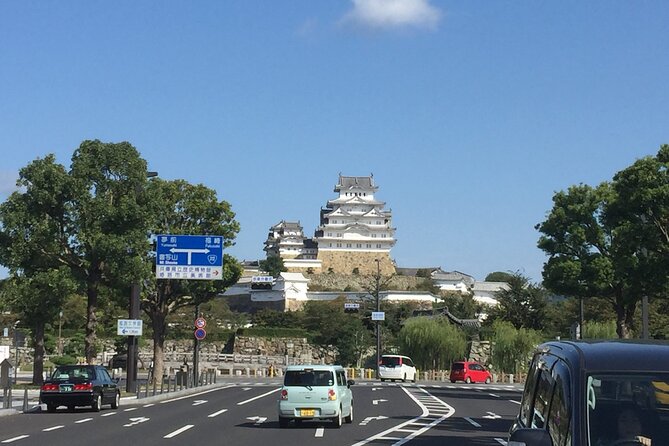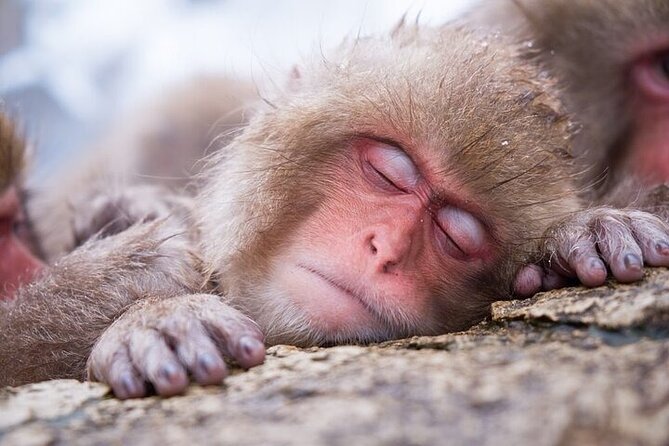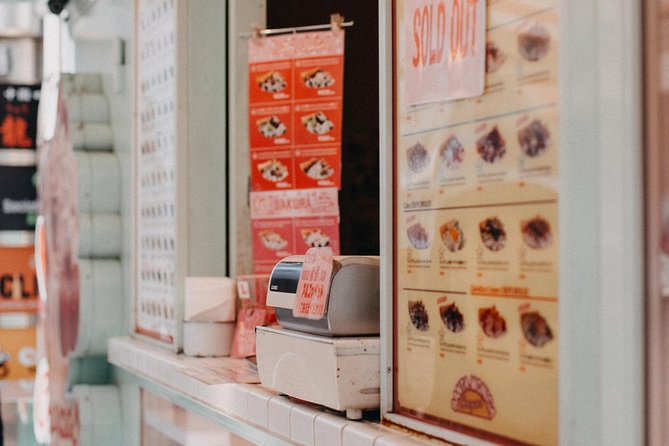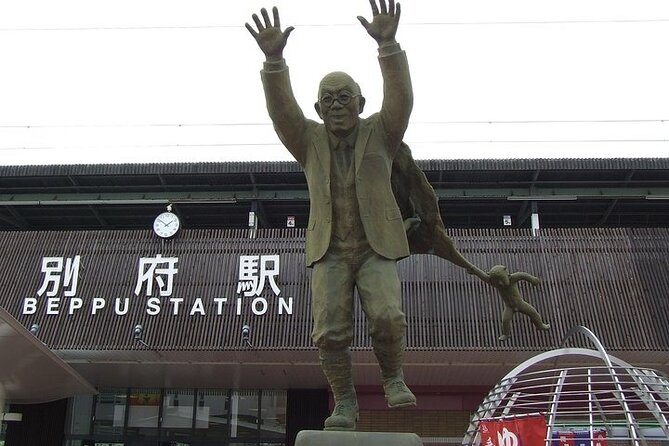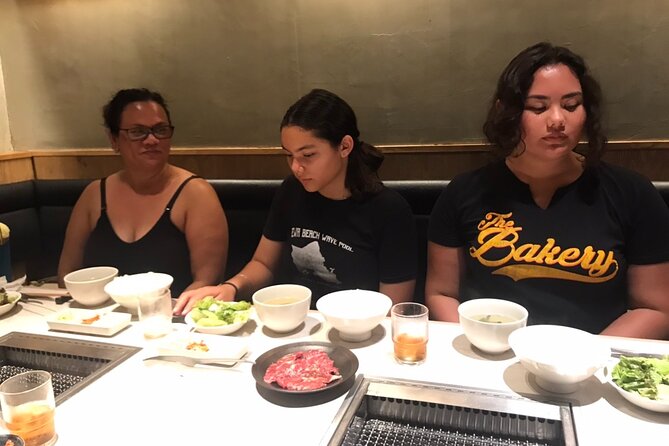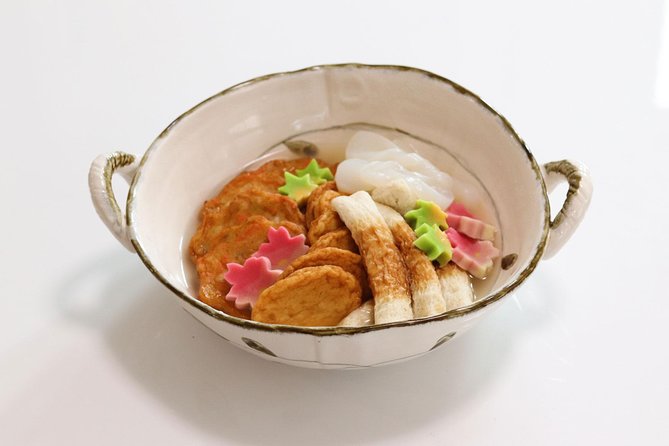As she steps into the serene atmosphere of the tea room, she’s enveloped in an aura of tranquility. The delicate aroma of matcha, the soft rustling of kimono fabric, and the gentle clinking of tea utensils all conspire to quiet the mind and awaken the senses. It’s here, in this sacred space, that the ancient art of Chanoyu converges with the timeless wisdom of Zen. But what secrets lie beneath the surface of this deceptively simple ceremony? And how can this centuries-old tradition hold the key to unlocking a deeper sense of calm and connection in our frenetic modern lives?
Just The Basics
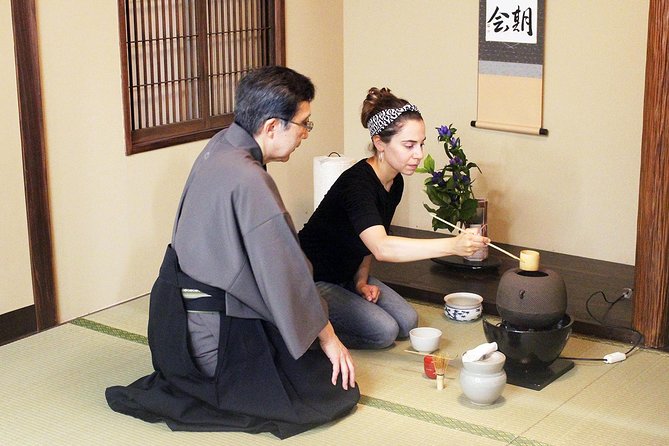
• The Japanese tea ceremony embodies the spirit of Zen, emphasizing harmony, respect, and tranquility in every deliberate movement and gesture.
• The ceremony creates an immersive experience, allowing participants to tap into the timeless wisdom of Zen and cultivate mindfulness.
• The deliberate movements of the tea master and the subtle nuances of the ceramic utensils create an atmosphere of serenity, inspiring self-reflection and inner peace.
• The ceremony’s emphasis on imperfection and impermanence fosters a sense of humility, encouraging participants to let go of distractions and worries.
• The ritualized movements of the tea ceremony become a form of moving meditation, cultivating gratitude for the simple things and promoting a deeper connection with oneself and nature.
It's also worth checking out some other tours and experiences nearby.
Discovering the Art of Chanoyu
What’s it about the traditional Japanese Tea Ceremony that continues to captivate visitors from around the world, and how can you experience this ancient art form in modern-day Tokyo?
Known as Chanoyu, Sado or Ocha, this sacred ritual is more than just a cup of green tea. It’s an immersive experience that embodies the spirit of Zen, emphasizing harmony, respect, and tranquility.
In Tokyo, visitors can participate in an authentic ceremony led by a licensed tea master, savoring the subtle flavors of matcha and traditional Japanese sweets.
As you enter the serene tea room, you’ll be enveloped in a world of elegance and refinement, where every gesture, every movement, is a testament to the beauty of Japanese culture.
Uniting Tradition With Modernity
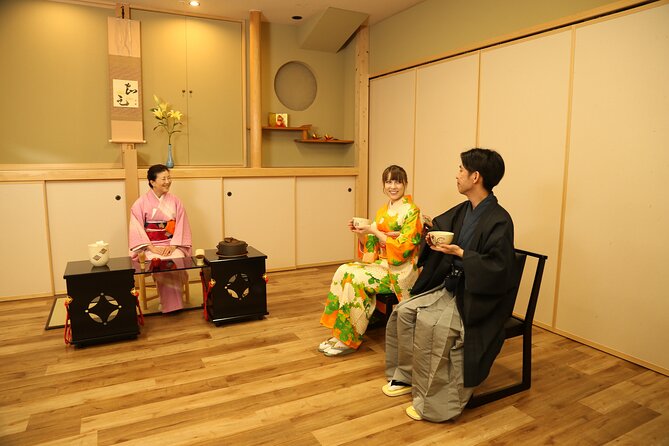
In modern-day Tokyo, the ancient art of Chanoyu is thriving, as tea masters and enthusiasts alike strive to preserve tradition while infusing it with contemporary flair.
This blend of old and new is what makes the Japanese tea ceremony so captivating.
From modern tea utensils to innovative tea blends, the art of Chanoyu is evolving while staying true to its roots.
Tea ceremonies held in sleek, modern settings, juxtaposing traditional and contemporary architecture.
Innovative tea blends, such as matcha-infused cocktails, appealing to a new generation of tea enthusiasts.
Tea masters incorporating modern elements, like projection mapping, into traditional ceremonies.
Fusion of traditional Japanese sweets with modern flavors and ingredients.
Online platforms and social media used to promote and share the art of Chanoyu with a global audience.
Embracing the Spirit of Zen
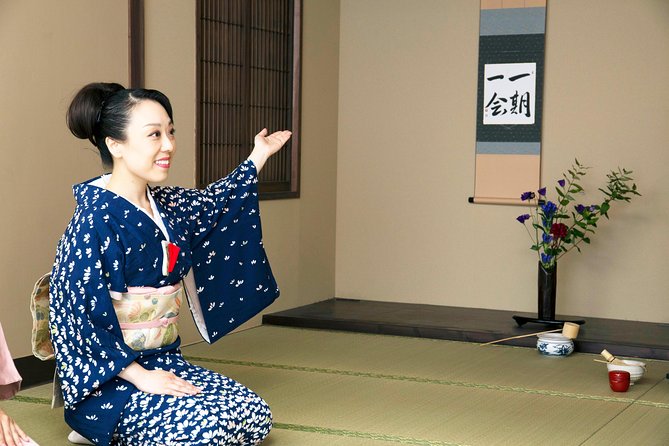
Five centuries of Zen philosophy converge in the serene atmosphere of a traditional Japanese tea ceremony, where the pursuit of mindfulness and harmony with nature inspires a deeper connection with oneself and the world.
As participants gather around the low-seated table, they embark on a journey of self-reflection and inner peace.
The deliberate movements of the tea master, the gentle whispers of steam rising from the kettle, and the subtle nuances of the ceramic utensils all converge to create an immersive experience.
In this tranquil setting, the boundaries between host and guest, teacher and student, dissolve, allowing individuals to tap into the timeless wisdom of Zen.
The Ritual of Japanese Tea Ceremony
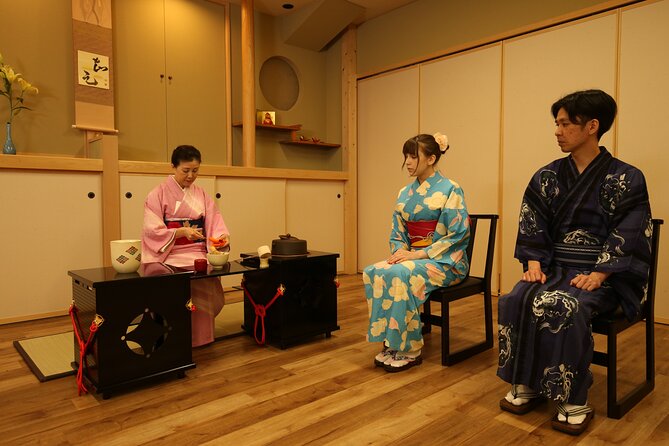
Behind the sliding doors of a traditional Japanese tea room, a carefully choreographed ritual unfolds, as the tea master meticulously prepares the sacred space for the ceremony. Every step, every gesture, is deliberate and intentional, creating an atmosphere of serenity and mindfulness.
The ceremony itself is a masterclass in restraint, with each movement economical and precise.
The tea master’s kimono is a work of art, with intricate designs and subtle colors.
The scent of incense wafts through the air, transporting participants to a bygone era.
The sound of the tea scoop scraping against the side of the tea container is a soothing melody.
The deliberate, slow pouring of the tea is a lesson in patience and focus.
The simplicity of the ceremony belies its profound impact on the human spirit.
Mastering the Way of Tea
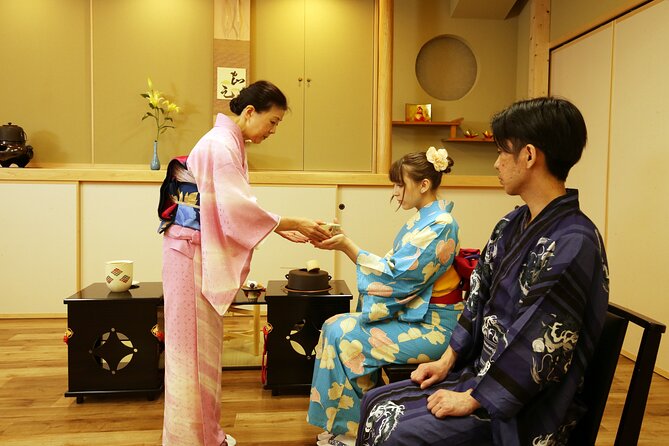
Steeping themselves in the ancient traditions of Chanoyu, Sado or Ocha, Japanese tea masters have spent decades perfecting the Way of Tea, a holistic practice that harmonizes body, mind, and spirit.
Through rigorous training, they’ve refined their skills, cultivating a deep understanding of the intricacies involved. From the delicate art of whisking matcha to the precise movements of the tea scoop, every gesture is a reflection of their mastery.
As they prepare the tea, they embody the principles of harmony, respect, and tranquility, creating a serene atmosphere that envelops all who participate.
Their dedication to the Way of Tea is a testament to the transformative power of this ancient ritual.
Exploring Japanese Culture and Heritage
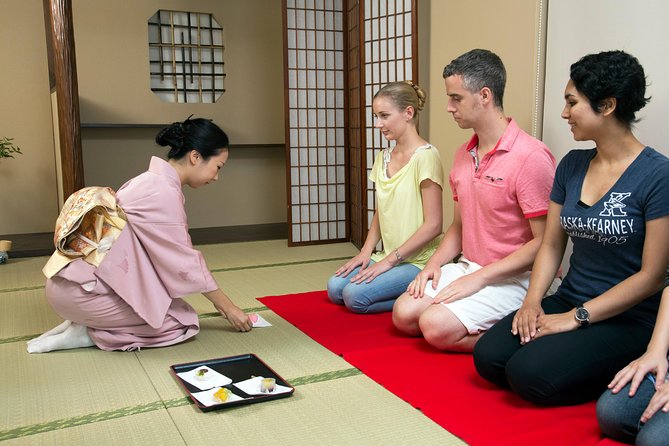
Delving into the intricacies of Japanese culture and heritage, visitors to the Japanese Tea Ceremony experience uncover a rich tapestry of tradition and symbolism woven into every aspect of the ritual. As they enjoy the ceremony, they discover the depth of Japan’s history and philosophy.
The art of calligraphy and brush painting on hanging scrolls is a significant aspect of the ceremony, showcasing the beauty of Japanese script and the skill of the calligrapher.
The significance of traditional Japanese clothing, like kimonos, is also on full display, with the intricate designs and patterns reflecting the wearer’s social status and occasion.
The importance of nature and seasonal changes in Japanese aesthetics is another key element, with the ceremony often taking place in a specially designed garden or room that reflects the current season.
The role of Zen Buddhism in shaping Japanese culture is also evident, with the ceremony’s emphasis on mindfulness, simplicity, and spiritual connection.
The symbolism behind traditional Japanese sweets and tea utensils is another layer of meaning, with each item carefully chosen to represent a particular aspect of Japanese culture and history.
Finding Serenity in the Ceremony
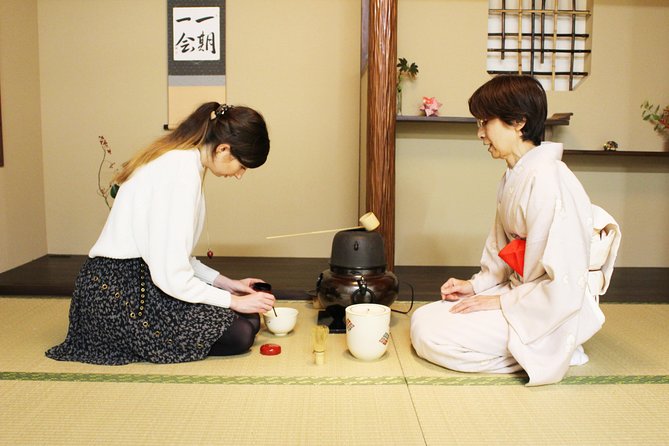
As the tea master’s hands move in deliberate harmony, the soft clinking of tea utensils and the gentle hiss of steam envelop participants in a serene atmosphere, transporting them to a realm of tranquility.
The deliberate pace of the ceremony allows participants to slow down, letting go of distractions and worries.
The tranquil ambiance is enhanced by the subtle scent of green tea and the delicate beauty of traditional Japanese ceramics.
As they savor the bitter sweetness of matcha, participants begin to settle into a state of mindfulness, their senses heightened and their spirits lifted.
In this fleeting moment, they find serenity, a sense of calm that lingers long after the ceremony concludes.
Mindfulness in Every Step
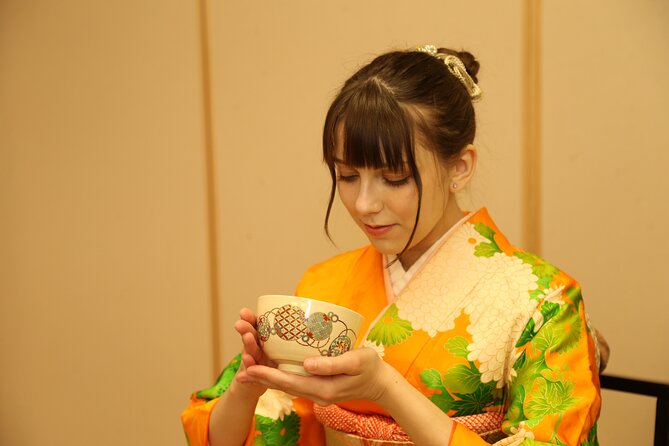
In the traditional Japanese Tea Ceremony, every deliberate movement and gesture embodies mindfulness, from the gentle scooping of matcha powder to the careful wiping of the tea scoop.
The ceremony is a masterclass in slowing down and being present in the moment. Each step is a meditation in itself, encouraging participants to let go of distractions and focus on the simplicity of the task at hand.
The deliberate pace of the ceremony slows down the mind and encourages focus.
The use of natural materials like bamboo and ceramics connects participants to nature.
The ceremony’s emphasis on imperfection and impermanence fosters a sense of humility.
The ritualized movements become a form of moving meditation.
The ceremony’s attention to detail cultivates a sense of gratitude for the simple things.
Here's a few more nearby tours and experiences we think you'll like.
Frequently Asked Questions
Are There Any Specific Dress Code Requirements for the Ceremony?
When attending a traditional Japanese ceremony, she usually wonders about dress code requirements. For this experience, traditional Japanese attire is not necessary, but modest, comfortable clothing that allows for seated meditation is recommended, ensuring a respectful and serene atmosphere.
Can I Bring My Own Tea Utensils or Equipment to Use?
She’s curious if she can bring her own tea utensils or equipment, but it’s generally not recommended, as the provided materials are carefully chosen to ensure an authentic experience, and using personal items might disrupt the ceremony’s harmony.
Are Children Allowed to Participate in the Tea Ceremony?
She wonders if kids are allowed at the ceremony, but there’s no mention of age restrictions. Considering the tranquil atmosphere, it’s likely best suited for older children who can appreciate the serenity, but it’s best to ask the instructor.
Can I Take Photos or Videos During the Ceremony?
She wonders if capturing memories is allowed; generally, it’s considered impolite to take photos or videos during traditional ceremonies, as it distracts from the experience, but it’s best to ask the tea master for permission beforehand.
Are There Any Specific Health or Physical Requirements for Participation?
She notes that participants should be physically able to sit on a traditional Japanese floor cushion, called a zabuton, for an extended period, but wheelchair accessibility is ensured, and no other specific health requirements apply.
Not for you? Here's more of our most recent tour reviews happening neaby
- Lake Ashi Hakone Owakudani Kowakien With Daily Chauffeur
- Lets Lunch / YANAKA MADAME HOME / Local Dish & Rice Ball Making.
- Private Kamakura and Yokohama Sightseeing Day Trip With Guide
- For BUSINESS TRAVELER – Business+Leisure With Jpy⇄Eng INTERPRETER Service
- Tokyo Cyberpunk Street Photo Tour
- One Day Private Tour to Nikko With English Speaking Driver
- Guided Small Group Historical Tour in Asakusa
- Tokyo Authentic Samurai Experience, Bushido at a Antique House.
- Private Akihabara Walking Tour With Otaku and Photography
- Mt. Fuji Private Sightseeing Tour With Local Guide/Photographer
- Tokyo Customized Private Walking Tour With Local Guide
- Full-Day Panoramic Bus Tour in Tokyo With Bay Cruise
- Tokyo City Private Day Tour With Pick Up.
- Challenge Sumo Wrestlers and Enjoy Meal in Tokyo
- Kamakura Tour
Final Words
As the tea ceremony concludes, the serene atmosphere lingers, leaving participants with a profound sense of calm and clarity.
In this fleeting moment, the boundaries of time and space dissolve, and the essence of Zen is revealed.
The deliberate movements, the subtle nuances, and the gentle whispers of the ceremony converge to awaken the mind, quiet the heart, and connect us with the timeless wisdom of Japan’s ancient tradition.

